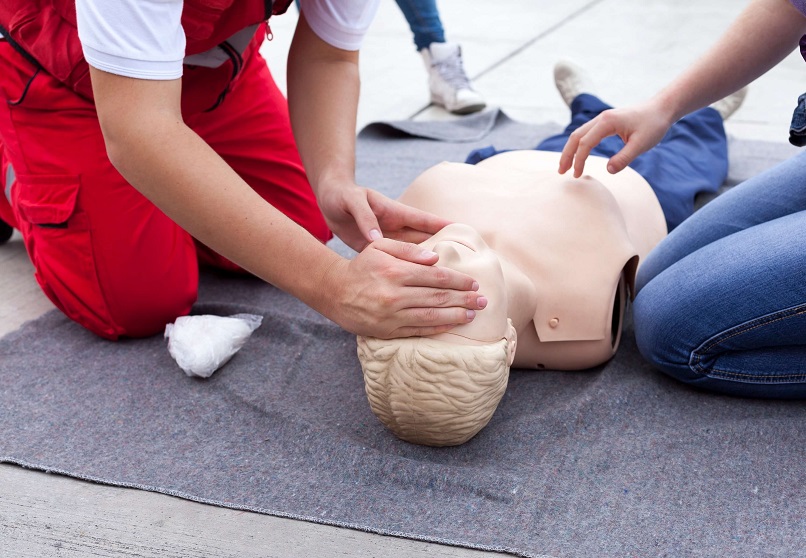7 Key Benefits of Hands-on Training in a First Aid Course
When it comes to learning first aid, many people assume that they can simply read a book or watch a video to master the skills. While these resources can certainly be helpful, they cannot fully replicate the experience of hands-on training. In this blog post, we’ll explore the benefits of hands-on training in a first aid course Sydney.
Benefits of hands-on training in a first aid course
Builds Confidence and Competence
Hands-on training allows learners to practice the skills they are learning in a safe and controlled environment. By physically performing the steps of first aid techniques, learners gain confidence and competence in their abilities. This can be especially important in emergency situations where quick and effective action is necessary.
Increases Retention and Recall
Research shows that hands-on learning is more effective than passive learning methods, such as reading or watching videos. When learners physically perform the steps of a first aid technique, they are more likely to remember and retain the information. This increased retention and recall can be critical in emergency situations where seconds count.
Provides Real-World Experience
Hands-on training in a first aid course often involves simulated scenarios that mimic real-world situations. This allows learners to practice their skills in a way that is relevant and practical. By experiencing realistic scenarios, learners are better prepared to apply their skills in an actual emergency. Getting a first aid certificate online helps recruiters understand that you are equipped with the skills necessary to offer emergency care.
Allows for Feedback and Correction
In a hands-on training environment, learners can receive immediate feedback and correction from instructors. This allows learners to identify areas where they need to improve and to make adjustments to their technique. By receiving feedback and correction, learners can feel confident that they are performing first aid techniques correctly.
Facilitates Teamwork and Collaboration
Hands-on training often involves working in groups or pairs, which facilitates teamwork and collaboration. By working together to perform first aid techniques, learners can develop communication skills and build trust with their partners. This can be especially important in emergency situations where multiple people may be involved in providing first aid.
Enhances Problem-Solving Skills
Hands-on training often involves problem-solving scenarios where learners must determine the best course of action. By working through these scenarios, learners can develop their critical thinking and decision-making skills. This can be especially important in emergency situations where quick thinking and problem-solving skills are necessary.
Develops Critical Thinking Skills
Hands-on training often involves scenarios that require learners to make quick decisions and use critical thinking skills. By working through these scenarios, learners can develop their ability to think on their feet and make sound decisions under pressure. This can be especially important in emergency situations where split-second decisions can make a significant difference in a person’s outcome.
If you are interested in learning first aid, consider finding first aid courses online that provides hands-on training.
